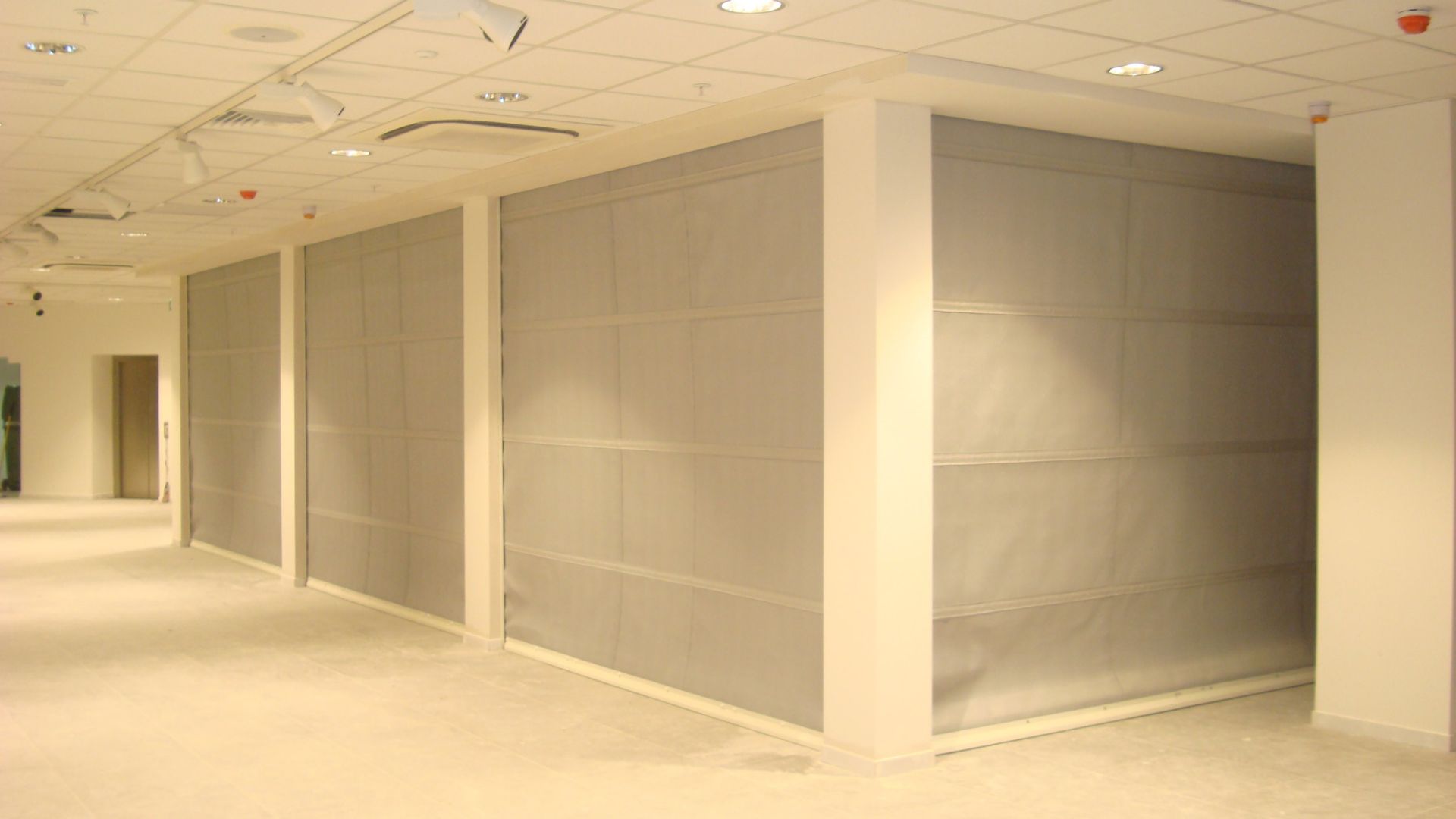Automatic Fire Curtains represent a cutting-edge solution in modern fire safety practices, designed to deploy and contain fires within buildings swiftly. These systems are crucial in preventing the rapid spread of flames and smoke, safeguarding property and lives. This blog delves into the comprehensive effectiveness of automatic curtains and their pivotal role in enhancing fire safety protocols.
Swift Deployment and Containment
One of the primary strengths of automatic curtains is their rapid deployment upon detecting fire or smoke. Unlike traditional fire containment measures such as doors, these curtains descend quickly from concealed compartments in ceilings or walls. This swift action effectively creates a barrier that compartmentalises the fire, limiting its spread to other building areas. By confining the fire within its initial location, automatic curtains help to minimise property damage and enhance overall safety.
Temperature and Smoke Control
Automatic curtains are constructed from advanced materials that can withstand high temperatures. When deployed, these curtains not only contain flames but also control the spread of smoke. Smoke inhalation is a significant hazard during fires, as it can lead to respiratory issues and impair evacuation efforts. Automatic curtains provide a safer environment for building occupants and emergency responders by effectively managing smoke movement.
Advantages Over Traditional Methods
Automatic curtains offer several distinct advantages compared to traditional fire containment methods such as fire doors. They occupy minimal space and are discreetly integrated into building designs, preserving aesthetic and functional aspects. Their rapid deployment capabilities ensure immediate action during fire emergencies, whereas traditional doors may require manual closure, potentially delaying containment efforts. Additionally, automatic curtains can be customised to fit specific building configurations, offering flexibility and tailored fire protection solutions.
Enhanced Evacuation Routes
Automatic curtains contribute to creating safer evacuation routes within buildings. By containing fires swiftly and effectively, these curtains help maintain clear pathways for occupants to evacuate safely. This enhances evacuation efficiency and reduces the risk of congestion or obstruction during emergencies, ensuring that building occupants can evacuate quickly and safely to designated assembly points.
Minimised Fire Damage and Restoration Costs
The containment capabilities of automatic curtains significantly reduce the extent of fire damage within buildings. By confining fires to their origin, these curtains limit the destruction of property and assets, thereby minimising restoration costs and downtime for businesses. This proactive approach protects physical assets and preserves business continuity by enabling faster recovery and resumption of operations post-fire.
Building Safety Systems
Modern building safety relies on interconnected systems that work in harmony during emergencies. Automatic curtains are seamlessly integrated into these systems, enhancing their effectiveness. They can be synchronised with fire alarms, sprinklers, and ventilation systems to ensure a coordinated response to fire incidents. This integration facilitates quicker fire detection, notification, and containment, mitigating potential risks and minimising the impact of fire emergencies.
In Conclusion
The effectiveness of automatic fire curtains in containing fire spread is crucial for modern building safety strategies. These systems excel in rapid deployment, temperature and smoke control, enhancing evacuation routes, and minimising fire damage and restoration costs.
For superior fire safety solutions that prioritize efficiency and reliability, Clover Smoke and Fire Curtains stand at the forefront. Ensure your building has state-of-the-art automatic fire curtain systems from Clover Smoke and Fire Curtains to fortify defenses against fire hazards and protect lives and property.


